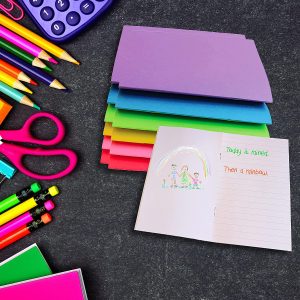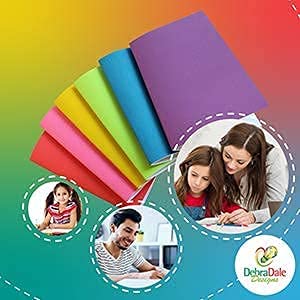Creating a perfect brochure involves a combination of design, content, and strategy. Here are some tips to help you craft an effective and engaging brochure:
- Define Your Objective: Determine the purpose of your brochure. Are you promoting a product, service, event, or destination? Understanding your goal will shape the content and design choices.
- Know Your Audience: Tailor your content and design to your target audience’s preferences, needs, and interests. Speak their language and address their pain points or desires.
- Clear and Compelling Headline: Use a concise and attention-grabbing headline that communicates the main benefit or message of your brochure. Make sure it’s easily readable and stands out.
- High-Quality Imagery: Incorporate visually appealing images that relate to your content. Use high-resolution, relevant images to create an emotional connection and enhance the overall appeal of your brochure.
- Concise Content: Keep the text succinct and focused. Use bullet points, subheadings, and short paragraphs to make the content scannable and easy to grasp. Highlight key information.
- Compelling Copywriting: Write persuasive and engaging copy. Highlight the benefits, features, and unique selling points of your product, service, or event. Use language that resonates with your target audience.
- Hierarchy and Organization: Arrange content in a logical flow, with a clear hierarchy of information. Important details should stand out and be easy to find. Use headings, subheadings, and color contrast to guide readers.
- Call to Action (CTA): Include a strong and clear call to action. Tell your readers what you want them to do next—whether it’s visiting a website, making a purchase, attending an event, or contacting you.
- Use of White Space: Don’t overcrowd the brochure. Utilize white space to give your design breathing room. This helps prevent visual clutter and makes the brochure more visually appealing.
- Consistent Branding: Ensure your brochure design aligns with your brand identity. Use consistent colors, fonts, and imagery to create a cohesive look that reinforces your brand.
- Readable Fonts: Choose fonts that are easy to read, even in small sizes. Stick to two or three fonts at most for a clean and professional look.
- Choose the Right Paper and Printing: Select a quality paper stock that complements your design. The tactile experience of a well-printed brochure can leave a lasting impression.
- Proofread Thoroughly: Errors can undermine the credibility of your brochure. Proofread the content multiple times to ensure there are no typos, grammatical errors, or inconsistencies.
- Testimonials or Success Stories: If relevant, include customer testimonials or success stories to build trust and credibility.
- Distribution Strategy: Determine how and where you’ll distribute the brochures. Whether it’s through direct mail, events, in-store displays, or digital channels, make sure your distribution aligns with your target audience’s habits.
- Mobile-Friendly Design: Given the prevalence of mobile devices, ensure that your brochure design is responsive and looks good on different screen sizes.
- Measure and Adjust: Track the effectiveness of your brochure by monitoring responses, leads, or sales attributed to it. Use this data to refine your approach for future brochures.
Remember, crafting a perfect brochure involves a combination of creativity, strategy, and understanding your audience. Continuously gather feedback and iterate on your designs to improve their impact over time.


























